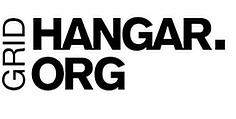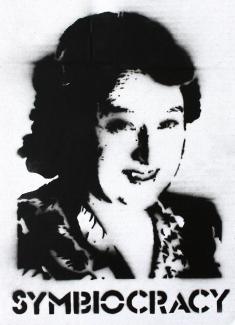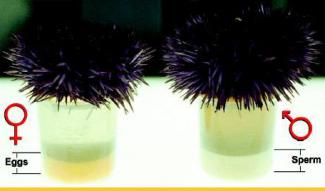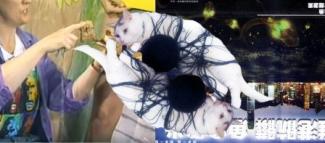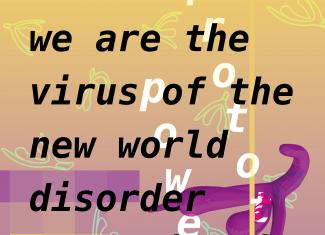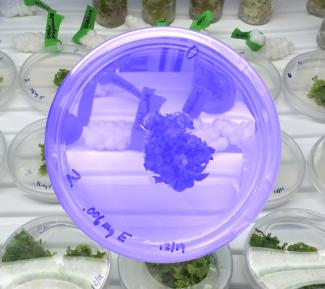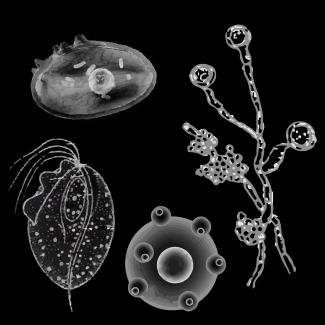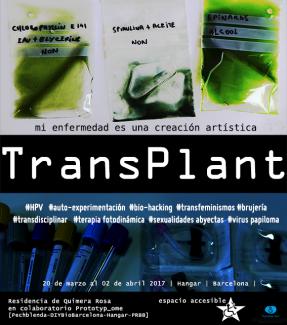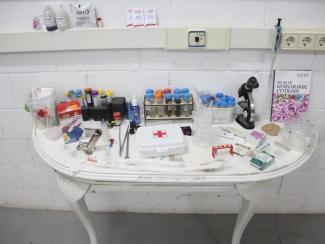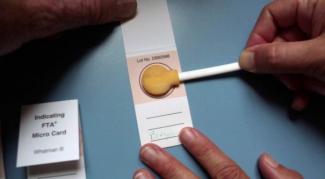
Considering the crossed relationship between art and science research, Hangar has developed a specific context for biological exploration. On one hand, it develops projects that occupied the biotechnological techniques as a research mean and use the appropriation of organic materials as an artistic resource to question the processes and achievements in the field of Biotechnology. On the other hand, Hangar carries out projects which develop collaborative and interdisciplinary knowledge production in the intersection of art and biotechnology, from a critical perspective and using open and accessible tools. In line with open source philosophy, Hangar pays attention to the development of different ways of sharing knowledge, technologies and methods.
Resources by Research Field
Projects by Research Field
Every Tuesday from the 15th of October until the 17th of December at 7pm in Hangar, Laura Benítez moderates a series of open sessions where sharing questions, debates and proposals to elaborate an open protocol for the use of the wetlab.
There is, a Philosophy of “life” in Spinoza; it consist
precisely in denouncing all that separates us from life, all these
transcendent values that are turned against life, these values that
are tied to the conditions and illusions of consciousness.
Along Maja Smrekar's workshop on reproduction and inter_specie companion we witnessed the reproductive process of sea urchins and we were introduced to the distinction between fertilization, in vitro fertilization and cloning.
All mammals produce gametes. Since sea urchin’s eggs and sperm are similar to our own and their embryos are easy to observe, these animals have been studied since the 19th century as model organisms in developmental biology.
Envirocomputing and its production of new ecological arrangements stretches far out beyond the lab –exploiting intensively the lively labours and frictions of nonhuman animals and organisms through ever-accelerating affective, semiotic and material practices. Our co-compositions/becoming-with both the internet and other digital informational networks and/or devices are ever more entangled strongly in our situated non-local “we”s.
“Stabbing Clitoris” is a collective design project about feminist self-defense weapons developed under the format of a workshop. It took place at Hangar on September 2018. It is a 3D modeling and printing course aimed at non-dominant masculine identities and audiences.
Abstract / axes of work
1- [schizophyllumcheese] How to make cheese with Schizophyllum Commune. Apparently Schizo produces the same types of lactose coagulating enzymes that lactobacillus and cheese making microbes produce. When cheese is made with Schizo fermentation rather than lactobacillus fermentation it contains Beta-glucans and other anticarcinogenic substances
A collaborative, interdisciplinary research project, Open Source Estrogen combines biohacking and speculative design to demonstrate the entrenched ways in which estrogen is a biomolecule with institutional biopower. It is a form of biotechnical civil disobedience, seeking to subvert dominant biopolitical agents of hormonal management, knowledge production, and anthropogenic toxicity. The project begins with a speculative question: what if it was possible to make estrogen in the kitchen?
Open Source Gendercodes (OSG) is a project focused on developing an open source platform for the production of growth hormones. The development of these bioproduction technologies from the late 1800’s up to the present is entangled with power structures and ideological frameworks that have co-created bodies, subjectivities, and genders. Efforts to eliminate queer, gender non-conforming, non-reproductive behaviors - as well as increase heterosexual prowess and enable lifelong performance of sanctioned masculinities and femininities drove the development of these technologies.
Women may have numerous problems that can be detected easily through the vaginal discharge. The project could be summarised as the production of small acrylic plates or chips with four small canals to be built by a CNC, which at their ends contain small wells with reagent for the evaluation and classification of four possible problems that the woman may have by assessing the vaginal discharge. The problems are the following: candidiasis, trichomoniasis, bacterial vaginosis and cervicitis.
TransPlant: Green is the New Red is a transdisciplinary project of plant / human / animal / machine hybridisation started by Quimera Rosa in 2016. It is both a bio-art project based on a human hybridisation / plant as well as a human trans-identity process > plant. The development of this project is based on the interaction between different axes that, through different bio-hacking practices, try to produce changes of subjectivity and deconstruct narratives that present the body as a single unit.
